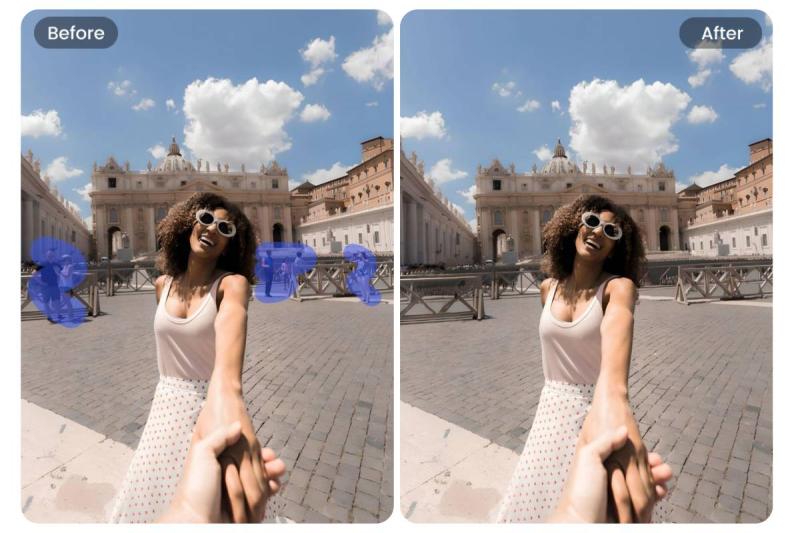AI at Work: Removing Distractions from Photos Effortlessly

In a world brimming with visual media, the importance of pristine and impactful photography cannot be understated. Whether it’s for professional portfolios, social media content, or personal mementos, every photograph tells a story. However, not all captured moments come out perfect – unwanted objects often make their way into frames, distracting from the focal point. Thanks to advancements in artificial intelligence (AI), removing these nuisances from your photographs no longer requires extensive editing skills or hours of manual tweaking.
Artificial intelligence has revolutionized many aspects of digital technology, and photo editing is no exception. AI-driven tools now empower individuals to remove unwanted objects from photos efficiently and effectively. The simplicity with which these tools function allows even novices to achieve professional-grade results without any prior knowledge of complex photo editing software.
The process begins with AI algorithms analyzing the photo to understand its composition, depth, and context. This enables the AI to differentiate between the main subjects and extraneous elements that don’t belong. Whether it’s an accidental photobomber, a stray piece of trash on a scenic landscape, or unwanted street signs, AI tools can isolate and remove these distractions seamlessly.
One of the key advantages of using AI for this purpose is its incredible attention to detail. Traditional methods might leave artifacts or distortions after the object removal, but AI algorithms are adept at reconstructing the background. They fill in the gaps left by the removed items by calculating what the surrounding area looks like and replicating it convincingly. This technology ensures that the final image maintains a natural look, as if the unwanted objects were never there.
Moreover, this AI technology is not limited to simple or small objects. It also has the capability to remove larger and more complex disturbances from photos. This flexibility allows photographers and enthusiasts alike to salvage shots that would otherwise be deemed unusable due to large obstructions.
These AI tools are typically user-friendly, offering a straightforward interface where users can simply select the objects they wish to erase. Within moments, the AI performs its magic, leaving behind a clean, unblemished image. This rapid processing capability is crucial in professional settings, where time is money, and efficiency is as important as quality.
Efficiency and simplicity do not come at the expense of control and customizability. Users have the option to fine-tune their edits by adjusting the intensity of the object removal or altering how the background is restored. This means that while the AI provides a quick fix for most common disturbances, creative control still firmly remains in the hands of the user.
The broad applicability of this AI technology makes it ideal for various scenarios - from enhancing marketing materials by erasing unsightly distractions to curating perfect wedding shots free from random passersby. Regardless of the setting, AI ensures that your photos capture exactly what you intended.
Photography captures moments meant to last forever, and nothing should compromise their beauty - not even an accidental intruder in the background. AI-powered tools to remove unwanted objects ensure that your photographs remain as flawless as the memories they encapsulate. As this technology continues to evolve and improve, it promises even greater capabilities in our quest for picture-perfect result - effortlessly and effectively.
This profound change in how we approach photo editing exemplifies AI’s transformative potential beyond mere automation -extending into realms of creativity and aesthetic refinement. The ability to edit photos cleanly and efficiently no longer rests solely in the realm of professional photographers but is accessible to anyone with a smartphone and a vision. As we look toward a future where technology meets art, AI stands ready not just to assist but also to enhance our visual narratives.

Comments